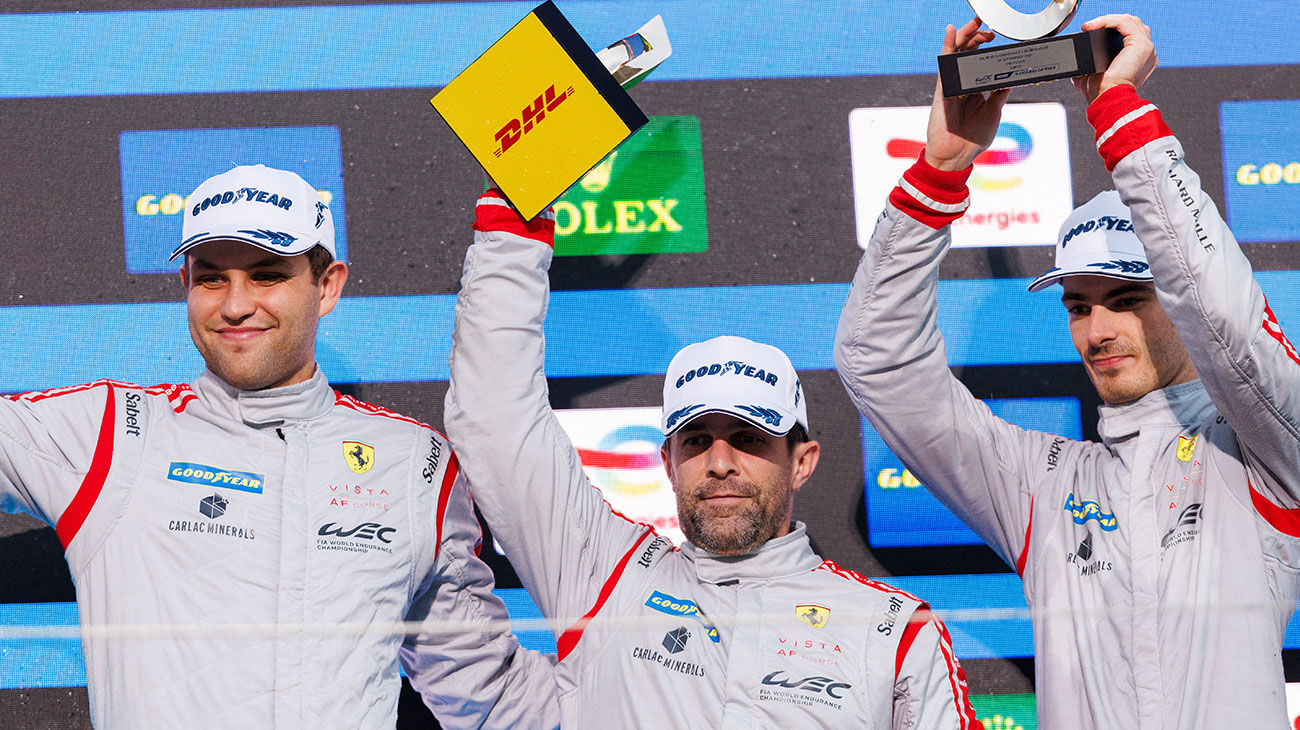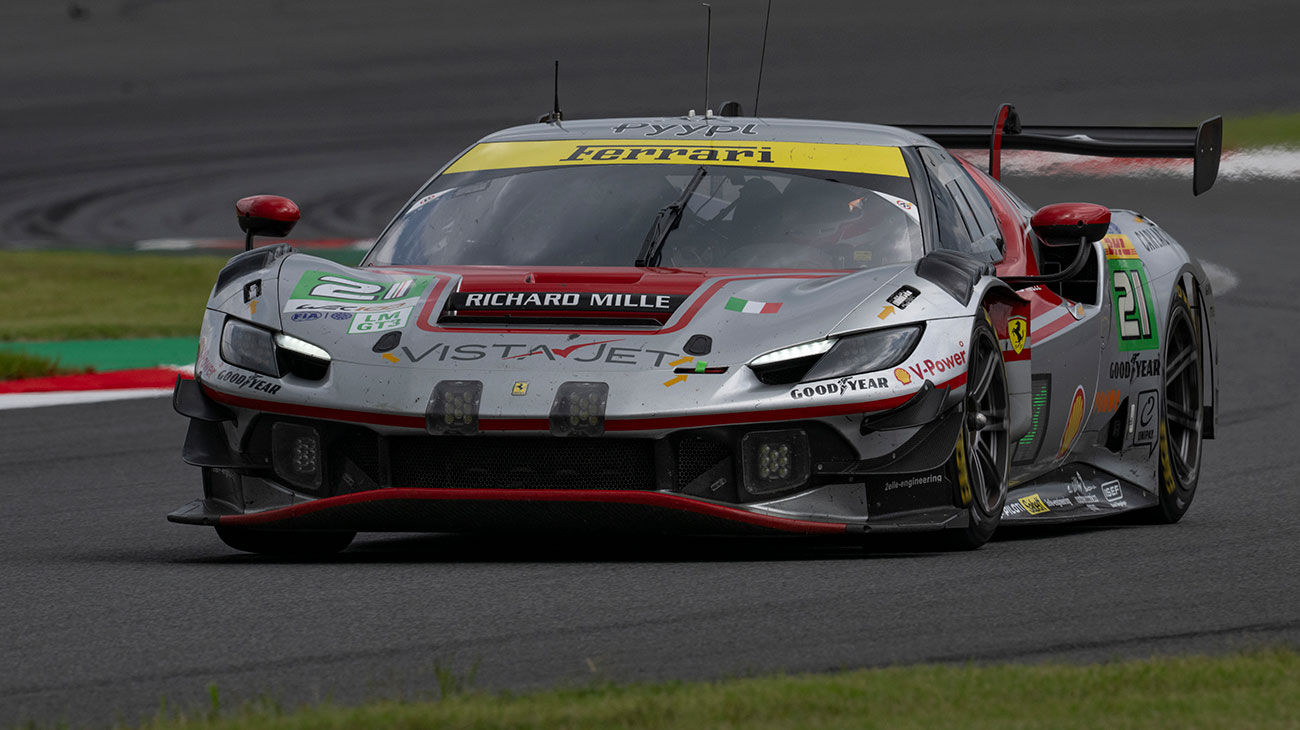
Le Mans Hypercar
A historic return, an exciting challenge, and a project that projects the company into the future of racing. All encapsulated in three letters: LMH. An acronym – Le Mans Hypercar – that describes a type of car, but not yet its name. For that, we need to wait a little longer.
However, the future waits for no one, and the new Ferrari is already on track preparing for the 2023 FIA World Endurance season when it will compete against rivals in the top class, the Hypercar.
Introduced in 2021 to replace the previous LMP1 class, it is the World Endurance Championship’s flagship class. It runs on the world’s most iconic circuits, and its top race is the legendary 24 Hours of Le Mans.
We chose to build a Le Mans Hypercar, embarking on a path of innovation and development. In so doing, we kept faith with our DNA that sees the track as the ideal terrain to experiment with cutting-edge technological solutions later adopted on Maranello-produced road cars.


24 hours for 100 years of history
Since 2021, the 24 Hours of Le Mans, the World Endurance Championship’s flagship race, has featured Le Mans Hypercars, abbreviated to LMH or more simply Hypercars, sports prototype cars. And in 2023, its centenary year, the 24 Hours of Le Mans will welcome Ferrari, one of its leading players, back to the FIA World Endurance Championship’s top class.
Unlike its ancestor the LMP1, which was only for prototypes built specifically to race in the class, the new regulations, jointly written by the Automobile Club de l’Ouest (ACO) and the Fédération Internationale de l’Automobile (FIA), admit Le Mans Hypercars as competition versions of existing road cars or as prototypes specifically designed to compete in the class.


The first hat-trick arrived the following year: two 250 TRI/61s occupied the top two places, with Olivier Gendebien and Phil Hill in first, followed by Willy Mairesse and Mike Parkes. A 250 GT SWB crewed by Pierre Noblet and Jean Guichet finished third.
In 1963, only twelve cars crossed the line, with six Ferraris monopolising the top six places. The Maranello marque dominated this edition, with Ludovico Scarfiotti and Lorenzo Bandini taking the winner’s laurels in a 250 P.
The last victory, the ninth overall and sixth consecutive went to Jochen Rindt and Masten Gregory in a 250 LM in 1965, finishing ahead of two other Ferraris.
More podium finishes came in the following years until 1973, when the Prancing Horse made its last official appearance in the race’s top category at La Sarthe. Ferrari’s history at the 24 Hours of Le Mans continued with the involvement of private teams and then with official triumphs in the GT classes. The latest came in the 2021 season with James Calado, Alessandro Pier Guidi and Côme Ledogar in the LMGTE Pro class ,and François Perrodo, Nicklas Nielsen and Alessio Rovera in the LMGTE Am.



